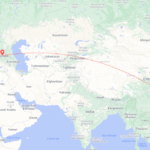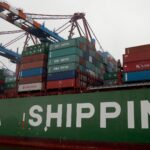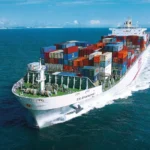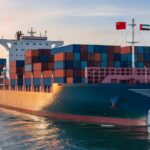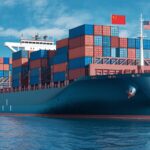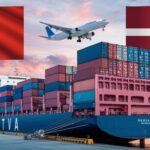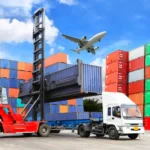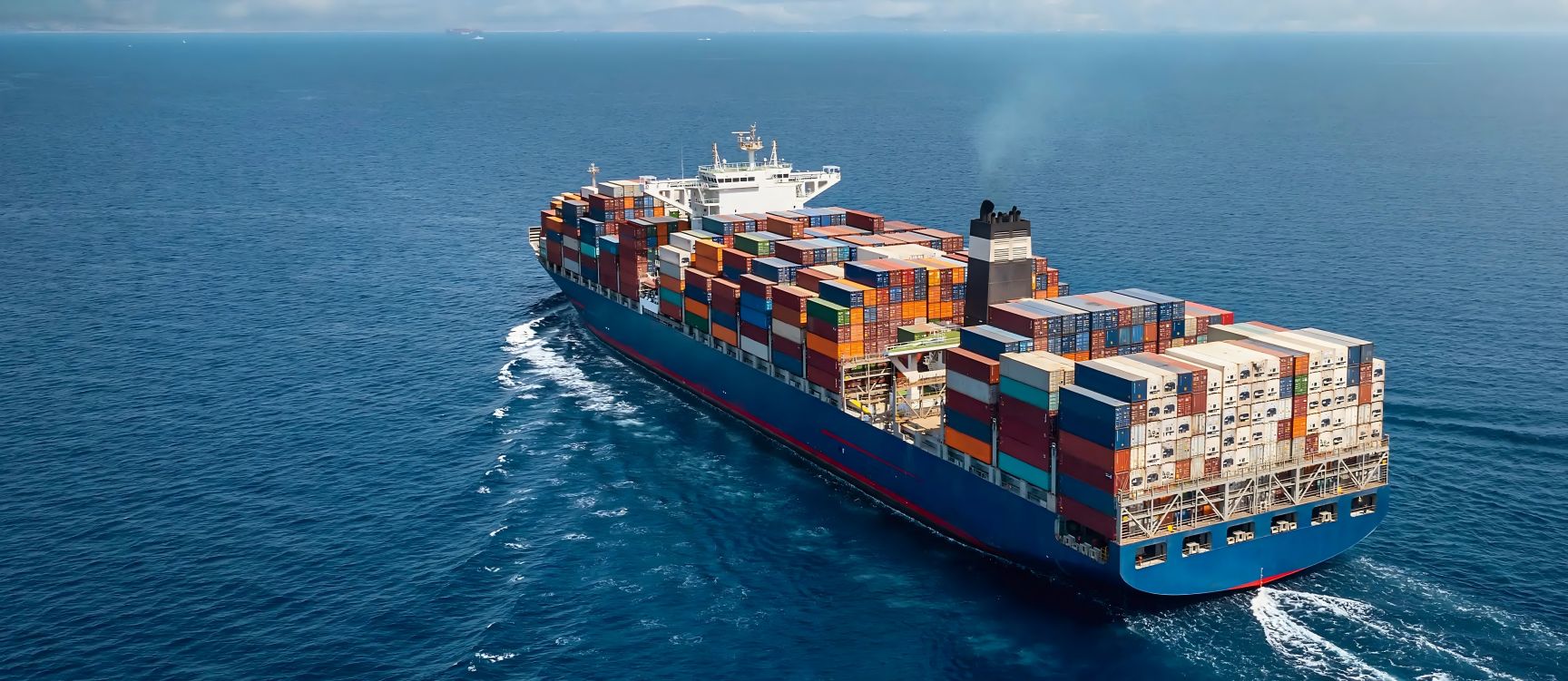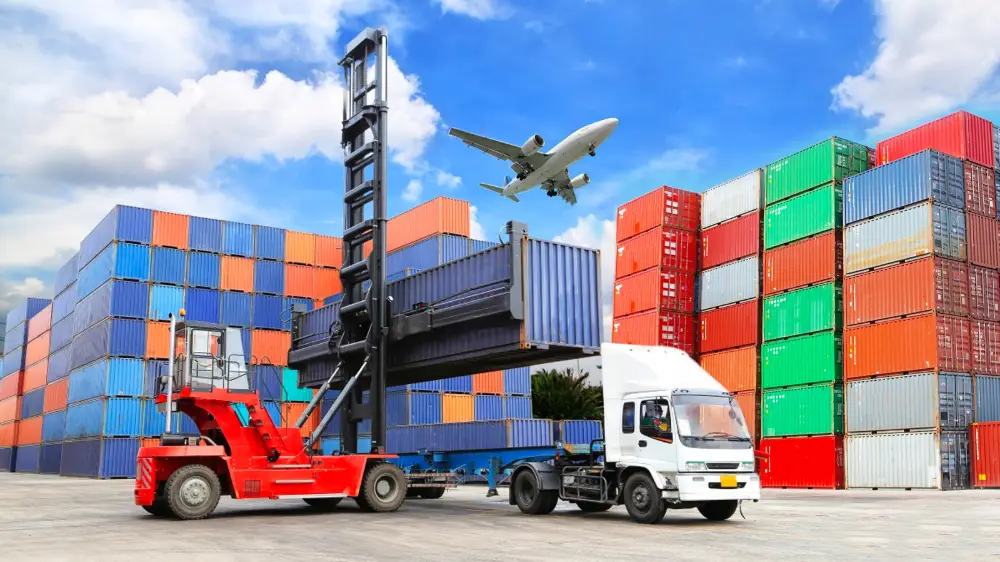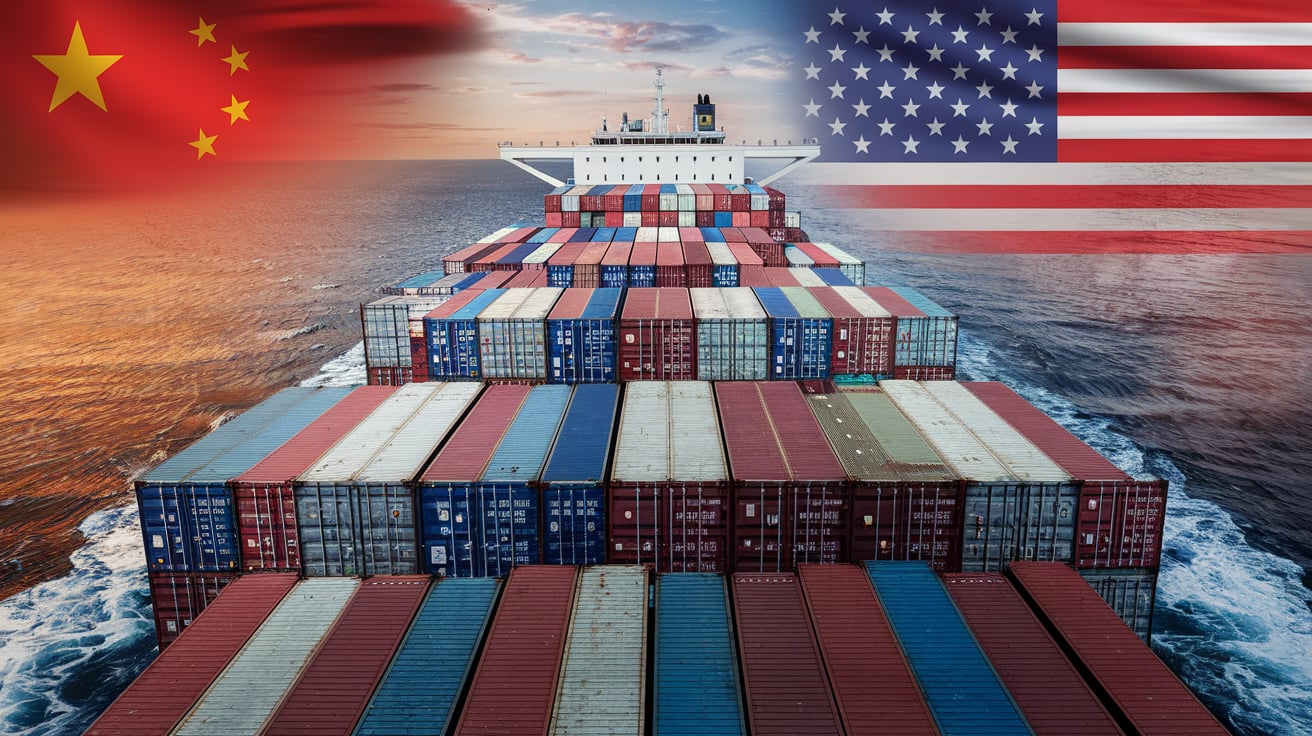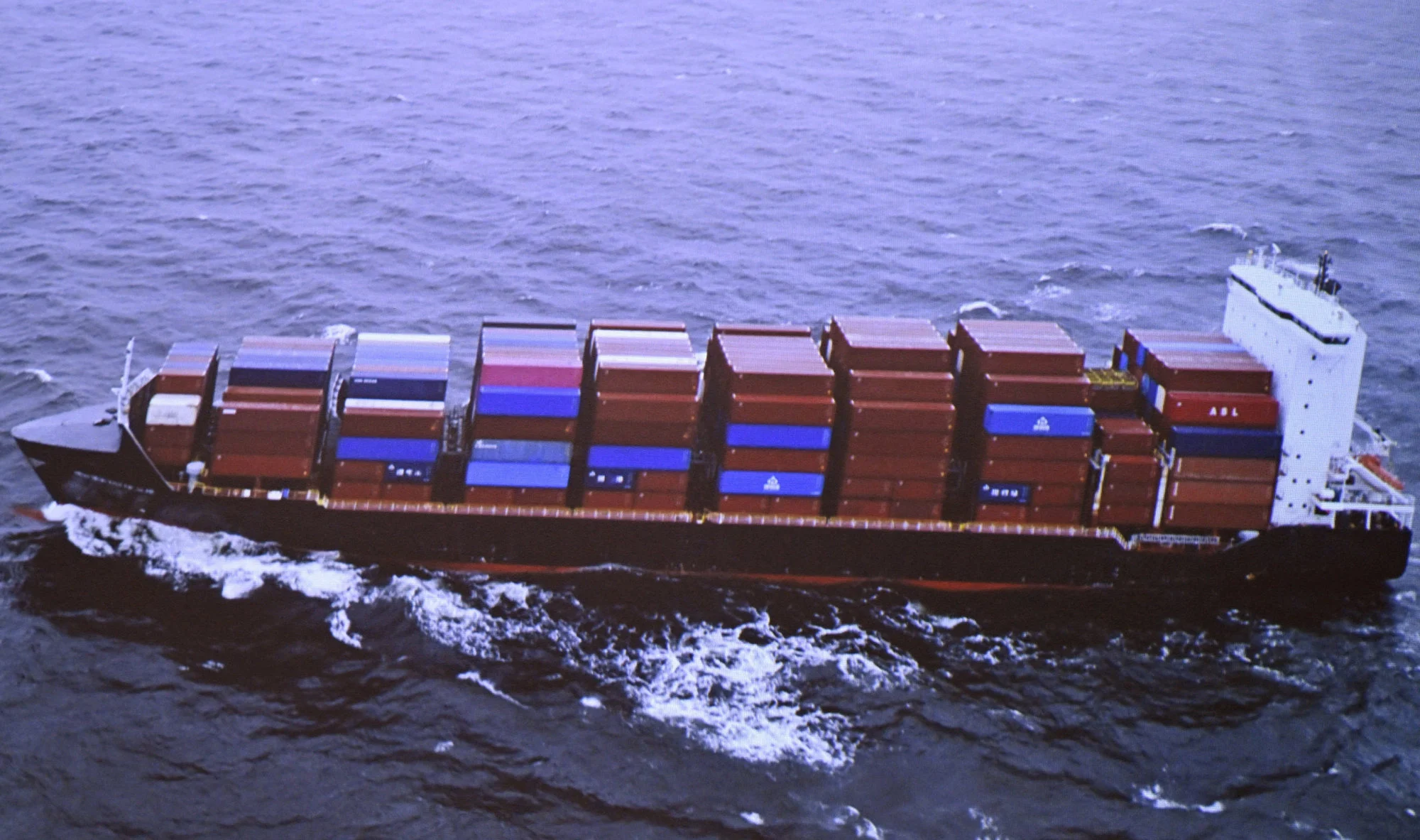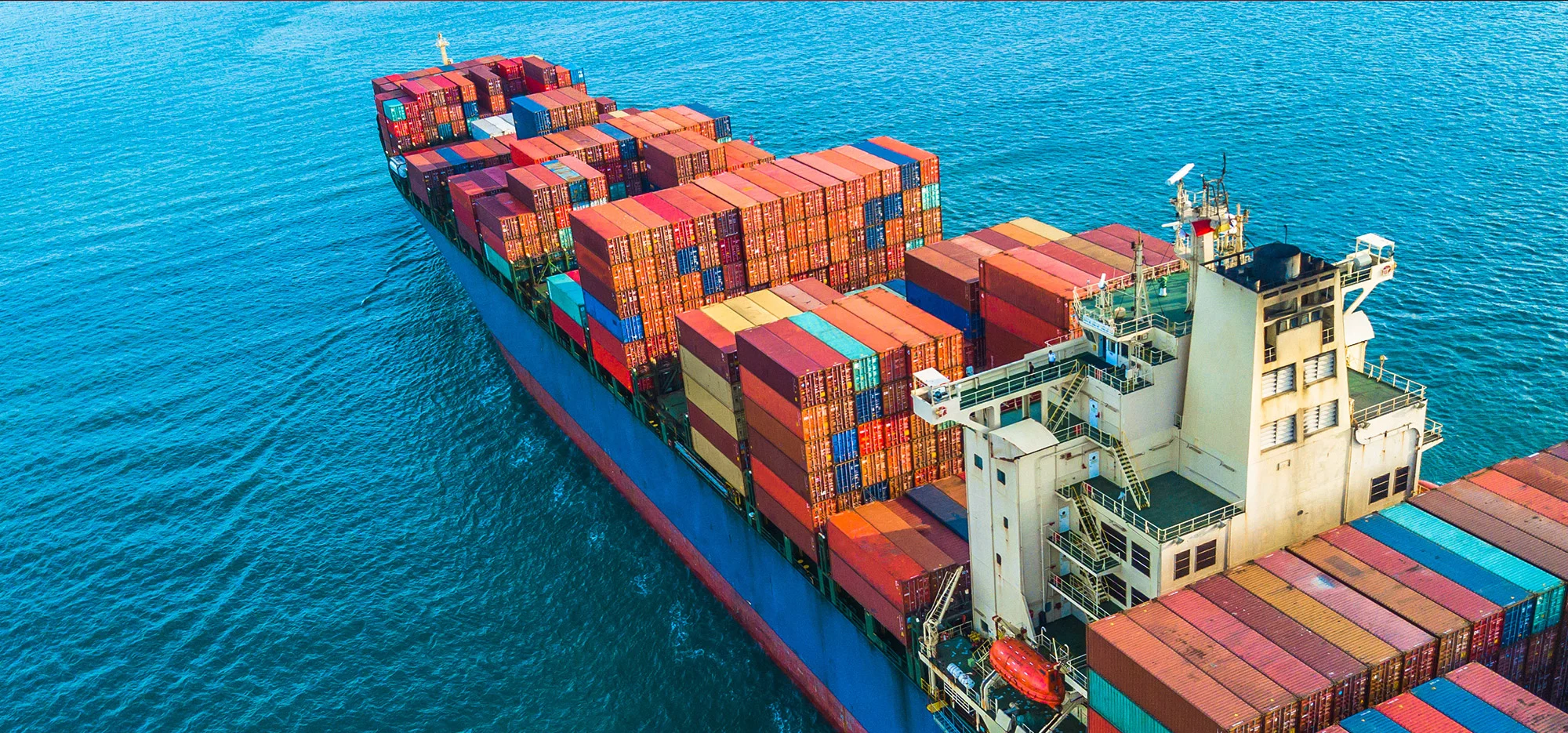Navigating the complexities of container shipping from China to Savannah, Georgia, is essential for businesses looking to import goods efficiently. As one of the fastest-growing ports in the United States, Savannah serves as a key entry point for international shipments. Understanding the intricacies of shipping costs, including factors such as container size, shipping methods, and associated fees, is vital for importers aiming to optimize their logistics strategies. This article delves into the key elements influencing shipping costs, average transit times, and practical tips to manage expenses effectively, empowering businesses to make informed decisions in their import operations.
Key Factors Influencing Shipping Costs
The costs associated with shipping containers are not static; they fluctuate based on various factors. Understanding these nuances can help you make more informed decisions regarding your shipping strategy.
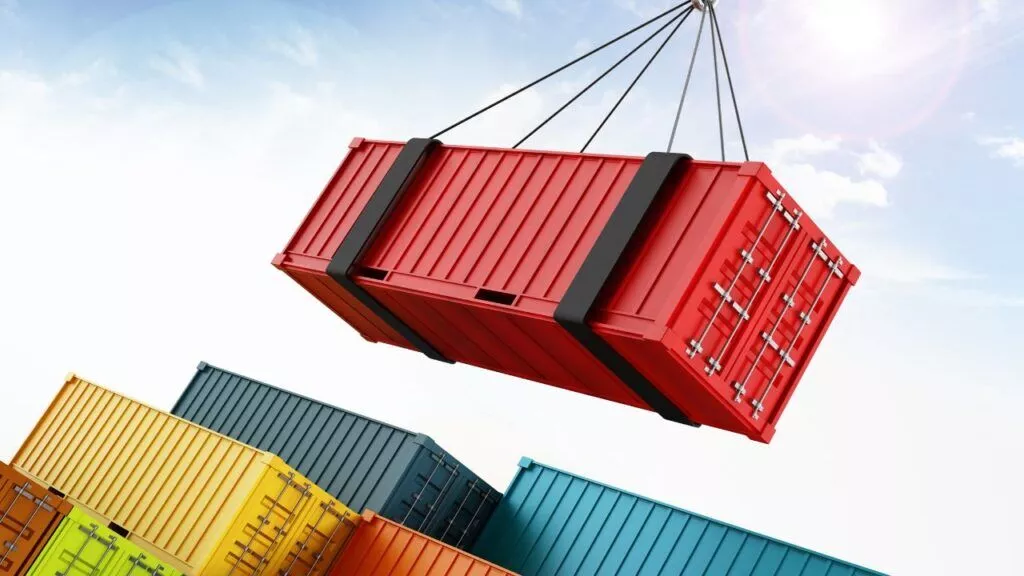
Shipping Route and Distance
The shipping route taken from China to Savannah significantly impacts costs. The distance between ports, currents, and any maritime traffic can lead to variances in shipping rates. Generally, the shipping distance from major Chinese ports, such as Shanghai or Shenzhen, to Savannah is approximately 7,000 to 8,000 nautical miles, depending on the specific route chosen.
| Route | Distance (Nautical Miles) | Average Transit Time (Days) |
|---|---|---|
| Shanghai to Savannah | 8,000 | 30-35 |
| Shenzhen to Savannah | 7,500 | 28-33 |
| Ningbo to Savannah | 7,800 | 29-34 |
The average transit time can also vary due to factors such as weather conditions and port congestion. Importers should account for potential delays, especially during peak seasons.
Container Size: 20ft vs. 40ft
The size of the container being shipped is another essential factor influencing costs. The two most common container sizes are the 20-foot and 40-foot containers.
- 20-foot Container: This option is ideal for smaller shipments and often incurs lower costs than a larger container. However, this may not be cost-effective for larger volumes due to less space utilization.
- 40-foot Container: This container size provides more capacity, making it more economical for larger shipments. The cost savings often become apparent when shipping larger quantities, as the per-unit cost decreases.
| Container Size | Capacity (Cubic Meters) | Typical Cost Range |
|---|---|---|
| 20ft | 28.3 | $1,500 – $2,500 |
| 40ft | 56.6 | $2,500 – $4,500 |
Choosing the appropriate container size can significantly influence overall shipping costs, making it vital for businesses to assess their needs effectively.
Mode of Transport: FCL vs. LCL
The mode of transport selected also plays a crucial role in determining shipping costs. There are two primary methods: Full Container Load (FCL) and Less than Container Load (LCL).
- FCL: This method is more cost-effective for larger shipments where the entire container is utilized. With FCL, importers pay a flat rate for the container, which can lead to lower overall costs per unit when shipping larger volumes.
- LCL: For smaller shipments that do not fill an entire container, LCL allows multiple shippers to share a single container. While this method offers flexibility for smaller shipments, it can be more expensive on a per-unit basis due to additional handling fees and the cost of consolidating shipments.
| Mode of Transport | Cost Effectiveness | Ideal Shipment Size |
|---|---|---|
| FCL | More cost-effective | Large shipments (20ft/40ft) |
| LCL | Less cost-effective | Smaller shipments (less than a 20ft container) |
By understanding these modes of transport, importers can select the most cost-effective option based on their shipping needs.
In navigating the complexities of container shipping costs from China to Savannah, importers must consider multiple factors, including shipping routes, container sizes, and modes of transport. By leveraging this knowledge, businesses can optimize their shipping strategies, thereby reducing costs and enhancing efficiency. For a more seamless shipping experience, consider partnering with a trusted freight forwarding service like Dantful International Logistics, which offers a comprehensive suite of services tailored to meet your logistics needs.
READ MORE:
- Shipping From China to the United States
- Shipping From China TO Canada
- Shipping From China TO Mexico
- Shipping From China to Panama
- Shipping From China to Costa Rica
- Shipping From China to Brazil
- Shipping From China TO Colombia
- Shipping From China to Jamaica
- Shipping From China to Venezuela
Shipping Costs for Containers from China to Savannah
Understanding the shipping costs for containers from China to Savannah is essential for businesses looking to import goods efficiently. The costs can vary significantly based on several factors, including container size, shipping method, and various associated fees. Here, we will dissect the costs involved specifically for 20 ft and 40 ft containers, explore the differences between Full Container Load (FCL) and Less than Container Load (LCL) shipping, and examine additional fees and charges that may apply.
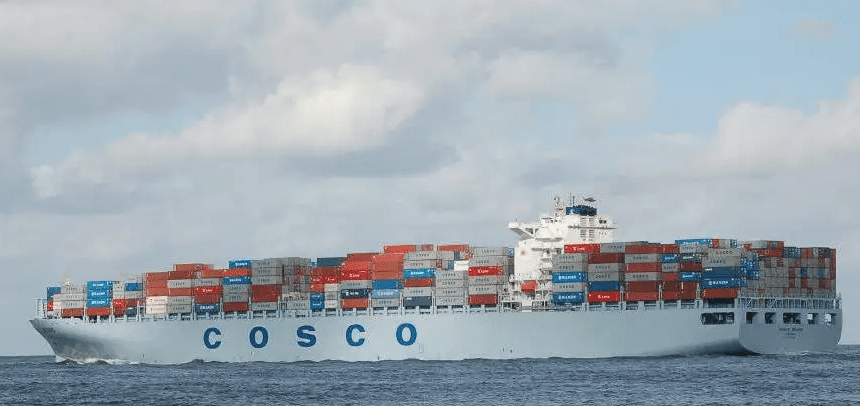
20 ft Container Shipping Cost from China to Savannah
Cost Breakdown for 20ft Containers
Shipping a 20 ft container from China to Savannah typically involves several cost components. Below is a breakdown of the average costs that importers can expect:
| Cost Component | Estimated Cost (USD) |
|---|---|
| Ocean Freight | $1,500 – $2,500 |
| Port Fees (Loading/Unloading) | $200 – $400 |
| Customs Clearance | $150 – $300 |
| Insurance | $100 – $200 |
| Documentation Fees | $50 – $150 |
| Total Estimated Cost | $2,100 – $3,600 |
The ocean freight cost is the most significant component, reflecting the distance and logistics involved in shipping. Additional fees such as insurance and customs clearance are necessary for ensuring the safe and compliant import of goods.
40 ft Container Shipping Cost from China to Savannah
Cost Breakdown for 40ft Containers
For a 40 ft container, the cost structure is slightly different due to its larger capacity. Here is a comprehensive breakdown of the costs associated with shipping a 40 ft container:
| Cost Component | Estimated Cost (USD) |
|---|---|
| Ocean Freight | $2,500 – $4,500 |
| Port Fees (Loading/Unloading) | $300 – $500 |
| Customs Clearance | $150 – $300 |
| Insurance | $100 – $200 |
| Documentation Fees | $50 – $150 |
| Total Estimated Cost | $3,400 – $5,800 |
The ocean freight for a 40 ft container tends to be more economical on a per-unit basis when compared to a 20 ft container, particularly for larger shipments. The cost savings become apparent as the volume increases.
Comparison of FCL and LCL Shipping Costs
| Shipping Mode | Cost per Unit (USD) | Best Use Case |
|---|---|---|
| FCL (20 ft) | $2,100 – $3,600 | Large shipments filling an entire container |
| FCL (40 ft) | $3,400 – $5,800 | Large shipments filling an entire container |
| LCL | $300 – $600 (per cubic meter) | Smaller shipments not filling a full container |
Choosing between FCL and LCL often depends on the shipment size. FCL is generally more cost-effective for larger shipments, while LCL allows flexibility for smaller loads but may incur higher costs per unit.
Additional Fees and Charges
While understanding the primary shipping costs is crucial, importers must also consider additional fees and charges that can impact the overall expense.
Port Fees and Handling Charges
Port fees encompass costs related to loading and unloading containers in both the origin and destination ports. These charges can vary depending on the port’s operational policies and infrastructure. Handling fees for the physical movement of containers in and out of port facilities may also apply.
| Port Fees Component | Estimated Cost (USD) |
|---|---|
| Port Loading Fee | $100 – $250 |
| Port Unloading Fee | $100 – $250 |
| Handling Charges | $50 – $100 |
These fees can accumulate, so it is essential to factor them into the total shipping cost calculation.
Customs Duties and Taxes
Customs duties and taxes are another critical element in the cost of importing containers. These costs are often based on the declared value of the goods being imported and can differ widely depending on the type of product and its origin.
| Customs Fees Component | Estimated Rate |
|---|---|
| Customs Duty | 0% – 25% (depends on product) |
| Import VAT | 0% – 10% (varies by state) |
Importers should ensure they are aware of the specific customs duties applicable to their goods, as miscalculations can lead to unexpected additional costs.
By understanding these cost structures and potential additional fees, businesses can make more informed decisions about their shipping strategies when importing from China to Savannah. For an integrated, cost-effective approach to logistics, consider partnering with Dantful International Logistics, which provides a broad range of services tailored to enhance your import experience.
Dantful International Logistics Services:
- Dantful Ocean Freight Services
- Air Freight From China
- Amazon FBA Freight Forwarding
- WAREHOUSE Services
- One-Stop Customs Clearance Solution
- Cargo Insurance Services in China
- DDP Shipping Services By Dantful Logistics
- Out of Gauge Cargo Transportation Shipping Services
Shipping Time from China to Savannah
Understanding the shipping time from China to Savannah is crucial for businesses that rely on timely deliveries to maintain their supply chain efficiency. Sea freight is a popular choice given its cost-effectiveness for transporting large volumes of goods. Below, we delve into the average transit times for sea freight, factors affecting shipping duration, and tips for reducing container shipping costs.
Average Transit Times for Sea Freight
When shipping goods via sea freight from China to Savannah, importers can expect varying transit times based on the specific port of departure, shipping routes, and shipping lines. Here are the average transit times for common routes:
| Port of Departure | Average Transit Time (Days) |
|---|---|
| Shanghai | 30-35 |
| Shenzhen | 28-33 |
| Ningbo | 29-34 |
| Guangzhou | 30-36 |
| Xiamen | 31-37 |
Transit times can be influenced by several factors, including the shipping line’s schedule, weather conditions, and any potential delays at ports. Importers should plan their shipments with these timeframes in mind to ensure products arrive when needed.
Factors Affecting Shipping Duration
Several factors can impact the shipping duration when sending containers from China to Savannah:
1. Shipping Route
The chosen shipping route can significantly influence transit times. Direct routes are typically faster, while indirect routes may involve additional stops, leading to longer delivery times.
2. Port Congestion
Savannah has experienced significant growth, which can lead to congestion at the port. Delays in unloading or customs clearance can extend the overall shipping duration. Importers should stay updated on port conditions to anticipate potential delays.
3. Weather Conditions
Adverse weather conditions such as storms or typhoons can disrupt shipping schedules. Shipping companies may need to adjust routes or hold vessels in port until it is safe to sail, leading to extended transit times.
4. Customs Clearance
The time required for customs clearance at both the origin and destination ports can vary. Proper documentation and compliance with customs regulations help expedite this process, while issues can lead to delays.
By understanding these factors, importers can better manage their expectations and plan their supply chains accordingly.
Tips for Reducing Container Shipping Costs
Effective cost management is essential for businesses looking to optimize their shipping processes. Here are some strategies to reduce container shipping costs when importing from China to Savannah.
Choosing the Right Freight Forwarder
Selecting the right freight forwarder can make a significant difference in shipping costs and overall efficiency. Here are some considerations:
- Experience and Expertise: Choose a freight forwarder with extensive experience in international shipping and a deep understanding of customs regulations.
- Service Offerings: Look for a provider that offers a range of services, including customs clearance, insurance services, and warehouse services. This can streamline the shipping process and reduce the need for multiple vendors.
- Cost Transparency: A reputable freight forwarder should provide clear and detailed pricing information, helping you avoid unexpected costs.
Partnering with a reliable provider like Dantful International Logistics ensures that you receive professional, cost-effective logistics solutions tailored to your needs.
Consolidating Shipments for Cost Efficiency
Consolidating shipments can significantly reduce shipping costs, especially for businesses that regularly import smaller volumes. Here’s how to achieve this:
- Combine Orders: If possible, combine multiple orders into a single shipment. This allows you to utilize the full capacity of a container, lowering the cost per unit.
- LCL Shipping: For smaller shipments that don’t fill an entire container, consider Less than Container Load (LCL) shipping. This option allows multiple exporters to share a single container, distributing the transportation costs among all parties.
- Schedule Shipments Strategically: Timing shipments for off-peak seasons can often result in lower freight costs. Shipping when demand is lower can also help avoid congestion and expedite transit times.
By implementing these strategies, businesses can optimize their import operations, ensuring that they remain competitive while effectively managing shipping costs.
FAQs
- What factors influence container shipping costs from China to Savannah?
- Several factors affect shipping costs, including the shipping route and distance, container size (20ft vs. 40ft), mode of transport (Full Container Load (FCL) vs. Less than Container Load (LCL)), and additional charges such as port fees and customs duties.
- How much does it cost to ship a 20ft or 40ft container from China to Savannah?
- For a 20ft container, the total estimated cost ranges from $2,100 to $3,600, while for a 40ft container, the total estimated cost ranges from $3,400 to $5,800. These costs include ocean freight, port fees, customs clearance, insurance, and documentation fees.
- What is the average shipping time from China to Savannah?
- The average transit time varies based on the port of departure. For example, shipments from Shanghai typically take 30-35 days, while those from Shenzhen take around 28-33 days. Various factors, such as shipping route, port congestion, and customs clearance, can also affect delivery times.
- What is the difference between FCL and LCL shipping?
- Full Container Load (FCL) is more cost-effective for larger shipments that fill an entire container, while Less than Container Load (LCL) allows multiple shippers to share a container for smaller shipments, resulting in higher costs per unit due to additional handling fees.
- How can I reduce shipping costs when importing from China?
- To minimize shipping costs, consider consolidating shipments, choosing the right freight forwarder, and scheduling shipments during off-peak seasons. Partnering with a reliable freight forwarder like Dantful International Logistics can help streamline your shipping process.
- What additional fees should I consider when shipping containers?
- Additional fees include port fees (loading/unloading), customs duties and taxes based on the declared value of goods, handling charges, and documentation fees. It’s essential to account for these costs to calculate the total shipping expense accurately.
- Why is it important to choose a reliable freight forwarder?
- A reputable freight forwarder can provide experience and expertise in international shipping, offer a range of services (like customs clearance and insurance), and ensure cost transparency. This can greatly enhance your shipping efficiency and help you avoid unexpected costs.

Young Chiu is a seasoned logistics expert with over 15 years of experience in international freight forwarding and supply chain management. As CEO of Dantful International Logistics, Young is dedicated to providing valuable insights and practical advice to businesses navigating the complexities of global shipping.
The other language versions of this article
- تكاليف شحن الحاويات من الصين إلى سافانا: ما تحتاج إلى معرفته
- Kosten voor containervervoer van China naar Savannah: wat u moet weten
- Coûts du transport de conteneurs de la Chine à Savannah : ce que vous devez savoir
- Containerversandkosten von China nach Savannah: Was Sie wissen müssen
- Costi di spedizione dei container dalla Cina a Savannah: cosa devi sapere
- Costos de envío de contenedores desde China a Savannah: lo que necesita saber
- Custos de transporte de contêineres da China para Savannah: o que você precisa saber
- Стоимость контейнерной перевозки из Китая в Саванну: что вам нужно знать
- Çin’den Savannah’a Konteyner Nakliye Maliyetleri: Bilmeniz Gerekenler

